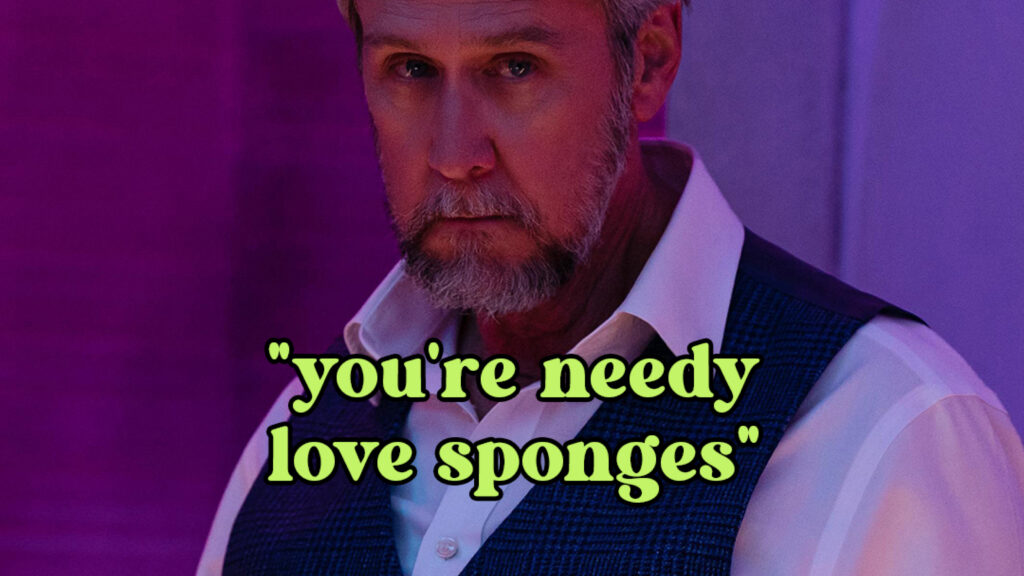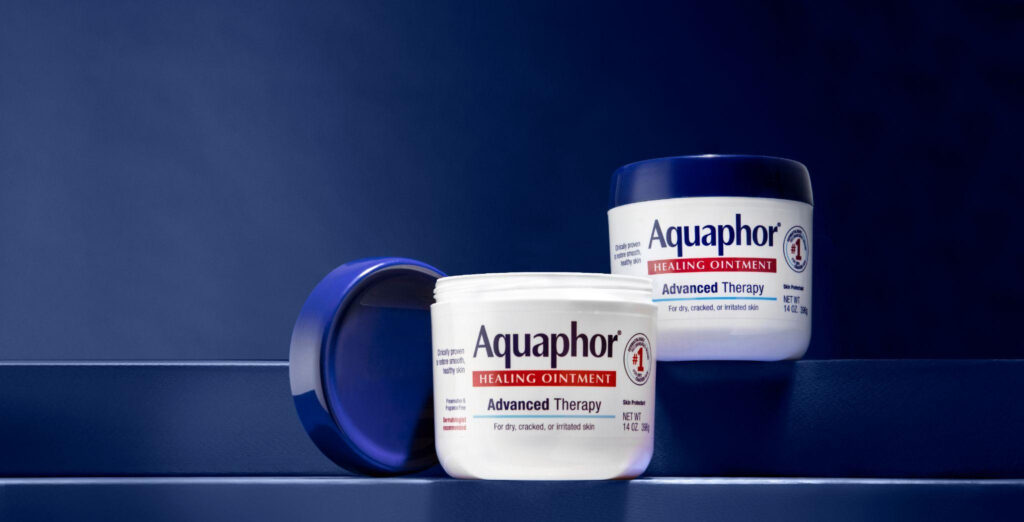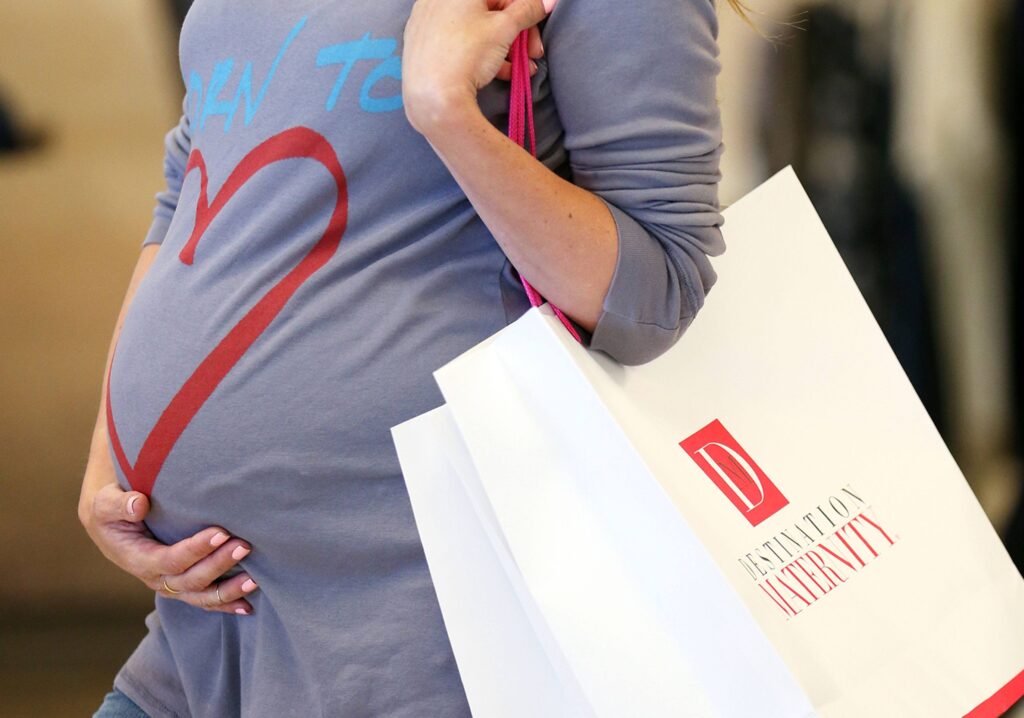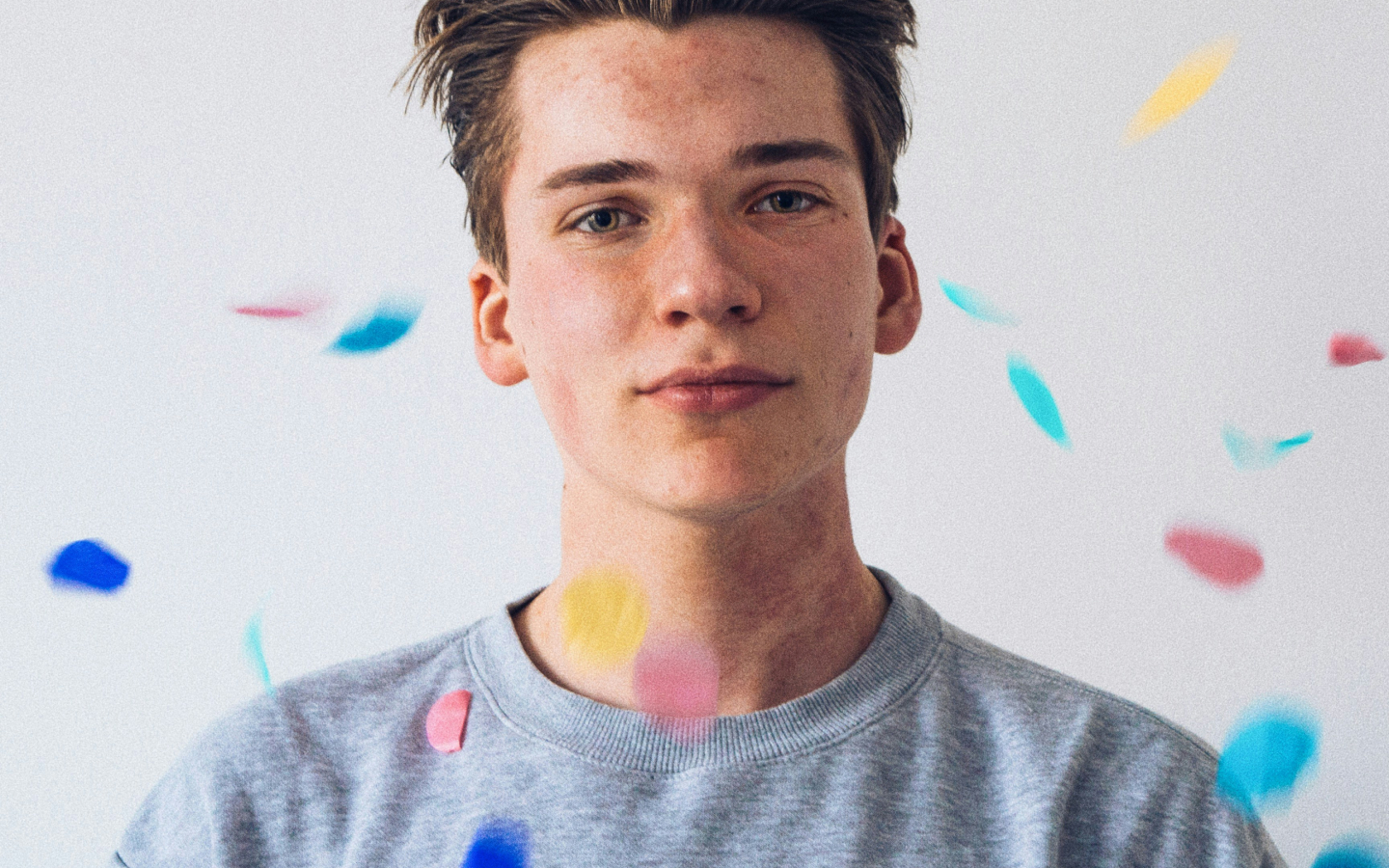Social, PR & Influencers
Amplifying your brand’s influence.

Connect. Engage. Make cultural moments.
We blend insight and instinct to connect brands and people through the ever-shifting landscape of trends, cultures and emerging platforms, driving lasting relationships and brand growth.
Our expertise
Social Media Strategy
We develop objective-driven social strategies—fueled by data—that integrate owned, earned and paid channels to deliver real measurable business and marketing results.
Influencer Management
We use a customized and tiered approach in finding, leveraging and managing influencer partnerships and content creators, taking control of the experience from product seeding to payouts.
Intelligence & Analytics
We bring social data and technology together with human insights to optimize your social presence, validate what’s working and recommend improvement opportunities.
Community Management
Our community- engagement strategy and management fans the flames of conversations already happening and engages with consumers, building meaningful relationships.
Content Production
We create story-driven copy, and content—including video and VR—that unifies your social- communications pillars with your target audience.
Media Relations
We create tailored outreach led by key learnings, coverage and media- landscape analysis to ensure maximum message pull-through and outreach impact..
Thought Leadership & Media Training
We can ideate and help craft thought leadership for your organization along with running customized workshops on how to use social media on behalf of your brand.
Crisis Communications
We build brand equity and strategically distribute your brand’’s key messages to minimize the effect of negative publicity.
Campaign Amplification
We amplify event awareness and attendance and campaign launches with pre-event media- relations efforts, ongoing campaign support and integrating with creative and client teams throughout the process.
Our social, pr & influencers partners


Our Services
Social Media
We build social presences and content that connect with people from first impression through ongoing interactions, expressing your brand’s personality to create marketing and cultural impact.
Public Relations
We create and seed breakthrough stories across earned media channels to build your brand’s reputation, and ensure an authentic expression of your unique position and personality.
Influencers & Creators
We build carefully curated influencer and creator programs that align with your brand, resonate with your audience, and help you achieve your full-funnel goals.
Complementary Services
Our full suite of services helps brands make an even bigger impact.
Make your brand distinct in the noise of sameness with research, brand positioning, strategy, architecture, logo, visual identity, expression and packaging design.
Orchestrate your brand’’s full- funnel story in the modern world across media planning, buying and measurement, programmatic media, paid search, paid social and retail media.
Create exciting and memorable human experiences across live, retail and B2B/trade events and product launches.








